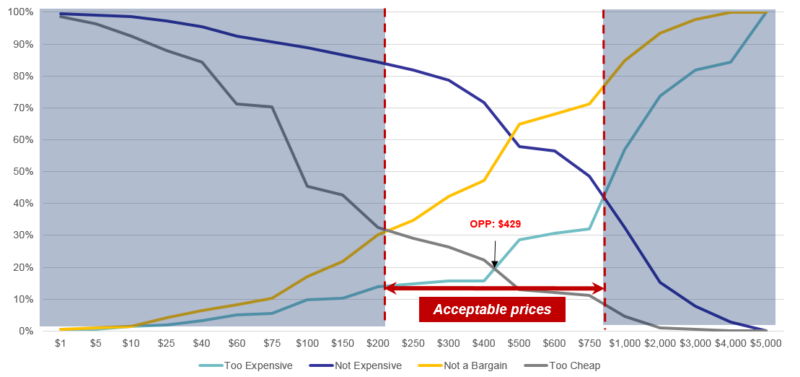Product innovation and business growth
This week I am pondering the third of four pillars to business growth, building on customers last week, and new markets the week prior. Something most business leaders proclaim to do, yet few achieve in reality – product innovation.
First published via my weekly LinkedIn newsletter with bonus content >
(What will be the forth pillar next week?)
“The minute that you understand that you can poke life and actually something will pop out the other side, that you can change it, you can mold it. That’s maybe the most important thing. It’s to shake off this erroneous notion that life is there and you’re just gonna live in it, versus embrace it, change it, improve it, make your mark upon it. I think that’s very important and however you learn that, once you learn it, you’ll want to change life and make it better, cause it’s kind of messed up, in a lot of ways. Once you learn that, you’ll never be the same again”. Steve Jobs, watch video >
Innovation comes from leaders. However, too often leaders are crippled with confirmation bias, the tendency to seek information that confirms existing views. Businesses and government can get lost, replicating old rules and industry norms.
Leaders are generally skewed towards cultural, socio-economic and geographic bias, and in reality have a narrow view of the reality of real people, their target customers. Their upbringing, cultural background, place of residence, education and financial status is likely privileged beyond their customers and actual market.
Henry Ford was so obsessed with building the production line, rather than having a customer focus – “any colour … so long as it is black” – and almost killed the business. General Motors entered the market, tailoring to customer segments in the 1920’s – “In 1921, the Ford Motor Company sold about 2/3 of all the cars built in the U.S. And in 1927, that percentage fell to about 15%.”(More >)
Categories from grocery to wine are awash with variants that are more same, same. Premiumisation is the holy grail for many product categories such as wine and consumer products – better for a higher price. But even better can be an arbitrary preference, and the reality is that consumers are generally seeking quality at lower prices not high.
Last week I went to the Wine Communicators of Australia Annual Conference. It was very informative, but what did strike me was an industry typically not embracing product innovation. In every bottle shop, there are hundreds of assumed curated quality wines (and alcohols).
So much wine all trying to be different, even distinctive, yet from the consumers’ perspective often a sense of lost in the eclectic red (and white) ocean of so much different, it all looks the same. Identical bottles, size and assumed to be worthy of drinking. Craft beer and local gin is often also fundamentally same, even competing in the small local market, hoping for a regular buyer, likely in vain.
So many product categories have entrants seemingly destined to fail.
Research released in July 2022 by the Australian Bureau of Statistics indicates that 52% of businesses are innovation-active. Market research is the leading standard innovation practice, to explore market realities to develop new products and services, and enhance processes. Even so, this only represents 27% of innovation-active businesses (i.e. around 14% of all businesses). More >
Good research for product innovation is from my perspective far, far more about understanding who the potential consumers are, than what (products) they want. Often people don’t know what they want, particularly when the product is yet to be invented. Understanding the broader blue ocean context, beyond the small red ocean, allows for new products to be imagined or reimagined and developed.
From Square Holes’ close to two decades leading in new product research and development, a common thread is a disconnect with the end-user. Products developed for a business-to-consumer or business-to-business with no true market unmet need or gap, inferior to the already available established competitors or having other market growth gaps (e.g. non-optimal pricing, distribution in a clutter category / shelves and/or little true brand / product differentiation).
Square Holes’ philosophy on product development research is rather than seeking a silver bullet, market research (and wider cultural insight) should be used to find a widely held unresolved problem or unmet need or want, that is universally true, beyond small niches.
Whittling down the category, or wider population(s) to the fundamental wrong, that needs to be made right. Precisely understanding an unresolved problem, need or want and boiling it down to an essence to ignite innovation, build better products and how optimally are sold, exported, priced, distributed and marketed.
Business growth, inspired by real people.
If you would like to find new product innovation opportunities then test and optimise them, please get in touch with me or the team.
Have a great Friday and weekend,
Jason
(Master image via ChatGPT)




